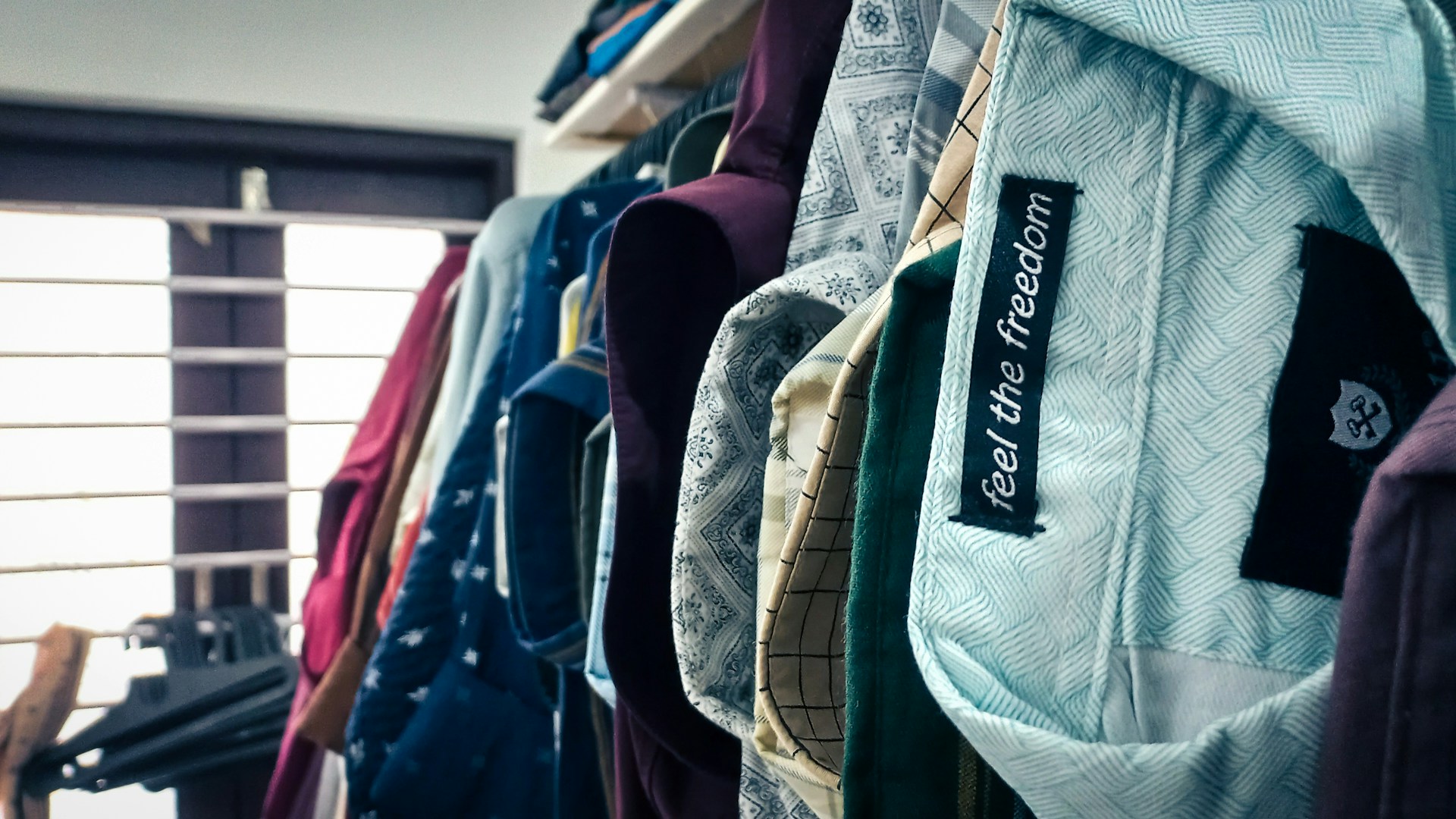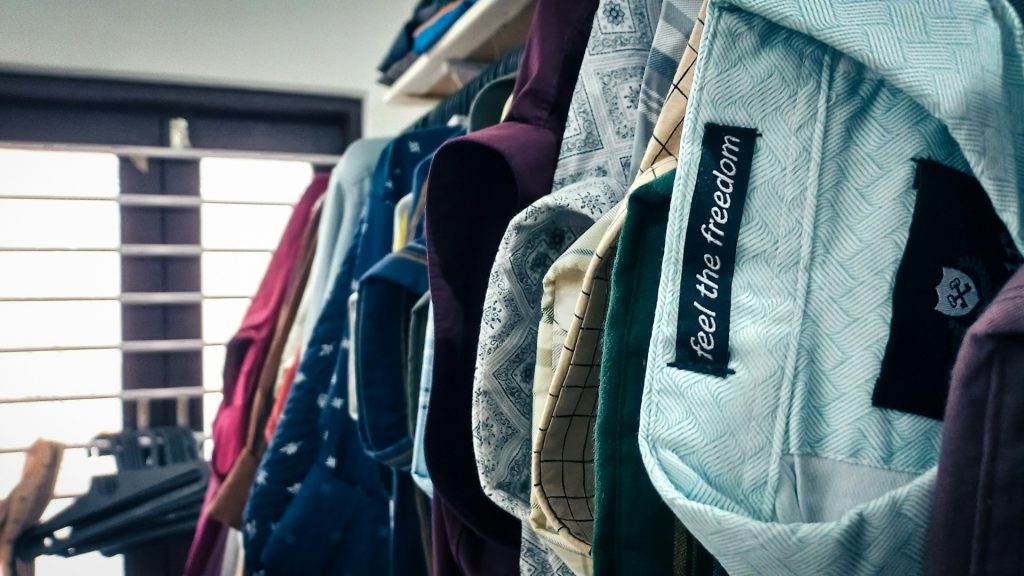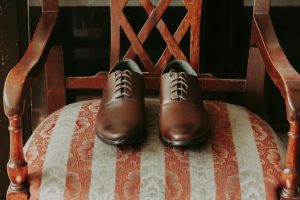Clothing takes up more space than most people realize, and poorly organized storage makes it harder to keep everything within reach. Without the right system, closets and drawers quickly become cluttered. Creating practical solutions helps keep clothing visible, easy to grab, and well-maintained. With a few strategic adjustments, your space can feel more organized and functional every day.

Storage Hacks That Keep Your Clothes Neat and Accessible
Maximize Closet Vertical Space
Most closets waste valuable vertical room, especially above hanging racks. Installing a second rod instantly doubles the hanging area for shorter garments like shirts and skirts. Shelving placed above these rods provides space for bins, boxes, or seasonal pieces. Using clear containers ensures items remain visible, reducing the chance of forgetting what is stored.
Hooks on the inside of doors and hanging fabric shelves extend vertical use even further. These additions keep shoes, scarves, and accessories separated instead of piled together. By looking upward and building on unused sections, you create more capacity without expanding the closet footprint. Adding slim pull-out baskets to the bottom of closets provides quick access to folded items without taking up extra space. Over time, using every layer of vertical height keeps clothing arranged neatly and prevents wasted square footage.
Organize With Dedicated Zones
Clothes become harder to manage when everything is mixed. Setting up zones helps maintain order. Keep formal wear on one side, casual wear in another, and athletic gear in a separate space. Folding sweaters and jeans into stacks on shelves keeps them from losing shape, while hanging delicate items protects fabric.
The same approach works for accessories. Belts, ties, and handbags stored within their own section stay in better condition. Integrating tailored business stock and equipment storage concepts can inspire systems where every category has its assigned location. Once everything has a home, maintaining neatness becomes far easier. Creating visible boundaries with shelf dividers or baskets supports this process and ensures items do not drift into other zones. Over time, zoning strengthens habits that keep clothing consistently sorted and easy to find.
Use Drawer Dividers for Smaller Items
Drawers often turn into a jumble of socks, underwear, and accessories. Dividers solve this problem by creating smaller compartments. Adjustable options allow you to fit them to any drawer size, ensuring every inch is useful.
Rolling clothing items instead of folding them adds visibility while reducing wrinkles. This method allows you to spot each item at a glance without digging through a pile. Drawer dividers paired with rolling techniques create order and maximize the use of available space. Adding shallow trays inside deeper drawers further separates jewelry, scarves, or small accessories that might otherwise become tangled. The combination of dividers, rolling, and trays ensures every drawer works as efficiently as possible.
Rotate Clothing by Season
Keeping every item out at once clogs storage and reduces visibility. A seasonal rotation keeps only what you need accessible while moving off-season clothing into boxes or bins. Labeling these containers by season makes switching quick and straightforward.
Vacuum-sealed bags reduce bulk and protect fabrics from dust and moisture. When the time comes to change seasons, the swap refreshes your wardrobe while maintaining an uncluttered space. This approach ensures your closet feels roomy without unnecessary overflow. Rotating clothing also provides a chance to check for damage, donate unused items, and keep your wardrobe current. By repeating this cycle, you maintain a system that adapts easily throughout the year.
Incorporate Open Storage Solutions
Not all storage has to be behind closed doors. Open racks, shelving units, and wall-mounted pegboards keep clothing and accessories visible and easy to grab. Open storage is particularly effective in smaller rooms where closet space is limited.
Clear containers and uniform hangers help maintain a tidy look, preventing the area from appearing chaotic. Open systems encourage regular upkeep since everything remains in sight. For quick access to daily essentials, this method often proves more efficient than closed systems. Small benches with open cubbies under them can hold shoes or folded items while doubling as seating. Combining different open solutions maximizes flexibility and keeps your clothing rotation visible at all times.
Maintain Consistency With Labels
Labels reduce confusion and save time when searching for specific items. Whether on bins, boxes, or shelves, labels guide where each item belongs. Simple printed or handwritten tags are enough to reinforce the system.
Using labels also helps other household members maintain the same standard of organization. Consistency across containers and zones reinforces neatness while preventing clutter from creeping back. Over time, this small step provides big results in keeping your clothing accessible. Adding color-coded labels for categories such as casual, work, or seasonal wear makes the process even faster. With consistent labeling, the entire storage system runs smoothly without constant reorganizing.

Storage Hacks That Keep Your Clothes Neat and Accessible
Clothing storage becomes manageable once you take control of space and systems. Using vertical areas, creating zones, dividing drawers, and rotating by season all prevent clutter. Open storage and labeling further support long-term organization. By applying these strategies, you keep your clothing neat, easy to reach, and better preserved for everyday use.

fashionabc is a fashion technology platform, comprising a digital directory and various other digital tools and supply chain solutions for the fashion industry ecosystem, that focus on ethical fashion and sustainability. We are building inclusive digital transformation tools for fashion professionals who are willing to take steps towards a more sustainable ethical fashion industry, by adopting AI and DLT blockchain technology.
* building digital profile and IP solutions for fashion businesses
* tackle issues such as provenance and counterfeit in supply chain
* contribute to the construction of a meritocratic ethical fashion industry which is certified and part of the circular economy











